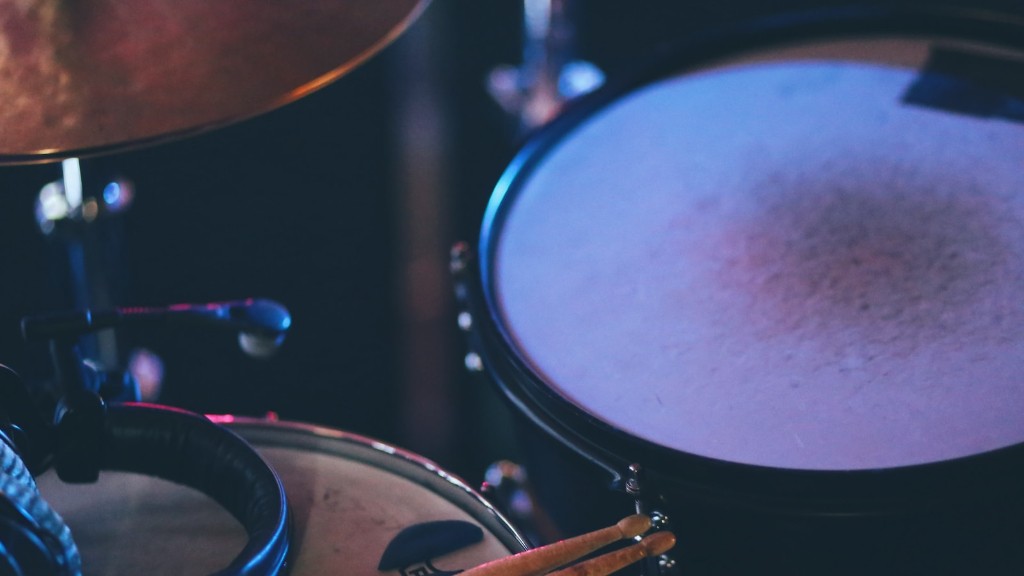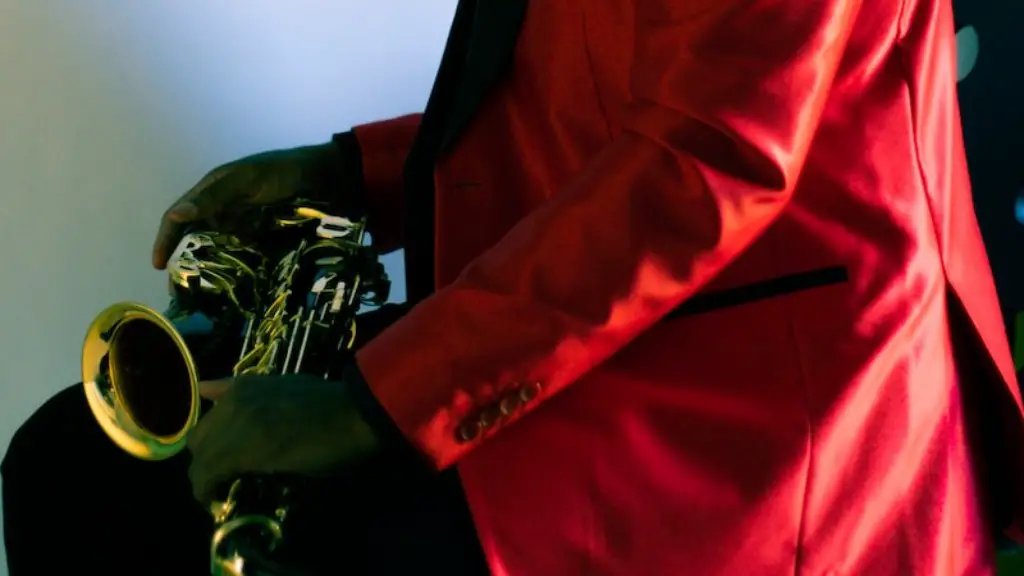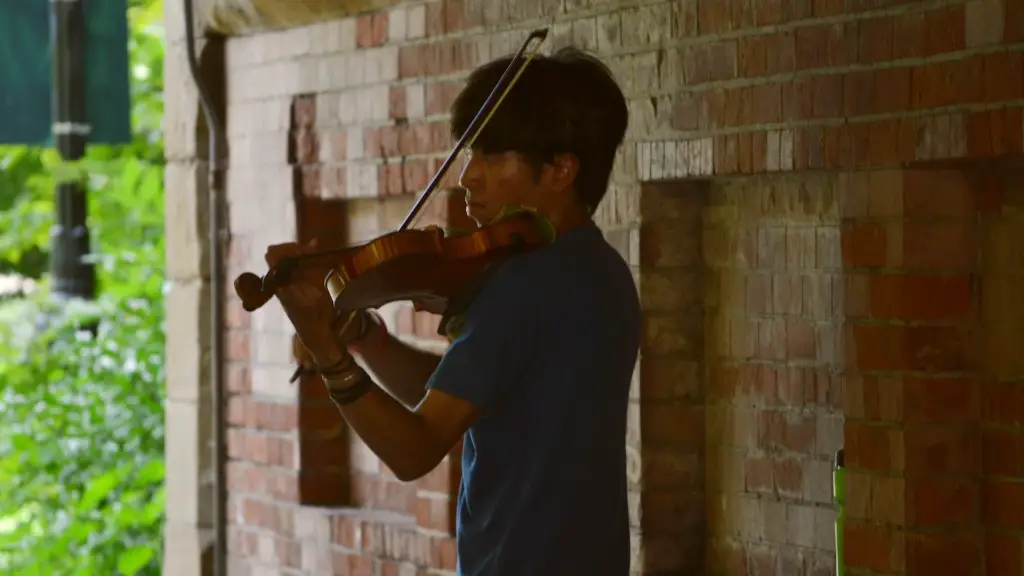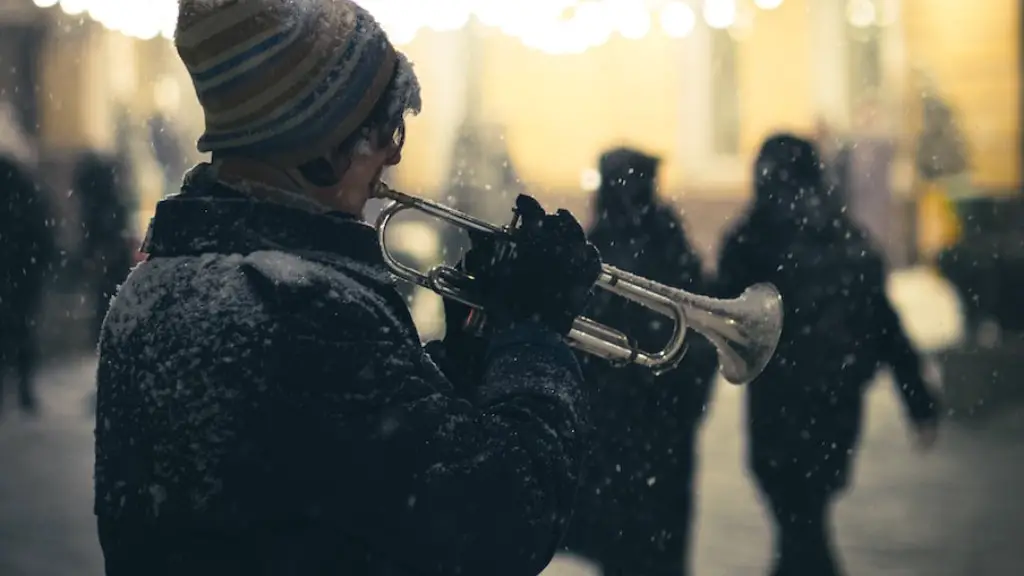Playing a lip trill on the trumpet is a great skill to learn as it helps to improve your overall playing.
A lip trill is a fast alternation between two notes, usually one half step apart, while keeping the same embouchure. It can be used to improve pitch accuracy and flexibility, as well as help develop endurance and sound quality.
Here are some steps to get you started on lip trilling on the trumpet: Gather your supplies. Make sure you have a good quality trumpet, mouthpiece, and valve oil handy. Adjust your embouchure. Take a few moments to relax your lips and ensure that your cheeks and jaw muscles are relaxed. Start with a single note. Choose an easy note such as G4 or A4 and play it for several measures. Increase the air speed. Gradually increase the air speed until you reach the desired range of speed for trilling.
With practice and dedication, you will soon be able to perform a perfect lip trill on the trumpet!
Understanding the Basics of Lip Trilling
Lip trilling is an important technique for trumpet players and is a fundamental skill in playing the instrument. Lip trilling is the process of quickly alternating between two pitches, usually a half step or whole step apart, by using the lips to control the airflow in the mouthpiece. It requires a great deal of breath control and coordination between the lips and tongue. To begin lip trilling on trumpet, start by placing your mouthpiece on your lips, with your top lip slightly higher than your bottom lip. Make sure that you do not press too hard with your lips on the mouthpiece.
Next, take a deep breath and blow into the mouthpiece while trying to keep air moving through it. As you continue to blow, move your lips in quick vibrations while maintaining even pressure on both lips. This will create a sound similar to a rapid vibration or “trill” between two notes. It may take some practice to get used to this feeling and sound but be sure to practice regularly until you can do it consistently. With time and practice, you will be able to master lip trilling on trumpet! Practice makes perfect.
Getting Started with Lip Trilling on Trumpet
Lip trilling is an important skill for trumpet players to develop as it helps to increase embouchure strength and flexibility. It’s also a great way to warm up before playing. To start lip trilling, all you need is your trumpet and your lips! First, make sure that your trumpet is properly set up and that you have the right mouthpiece for the job. Place the mouthpiece on your lips and make sure that your embouchure is in a relaxed position. Then, take a deep breath and blow gently into the mouthpiece while making a “tr” sound with your lips. You should feel a vibration as you do this. Keep practicing until you can sustain a steady lip trill without any breaks or pauses in sound.
Once you can do this, try changing the speed of the trill by altering the pressure of air coming out of your lungs. The faster you blow, the faster your lip trill will be! Keep experimenting until you find what works best for you. You can also practice playing melodies while lip trilling – this will help to build up endurance and agility in your embouchure muscles. With some practice and dedication, anyone can learn how to lip trill on trumpet!
Practicing Lip Trilling Exercises
Lip trilling is an important exercise for trumpet players. It helps to increase breath support and flexibility of the lips. To lip trill, start by pressing your lips together and blowing a steady stream of air out of your mouth. The sound should resemble a vibrating purr or hum. You should notice the vibrations in your lips and cheeks as you play. Make sure to keep a consistent level of air pressure as you play. You can also practice lip trills by humming or singing the notes you want to play and then transitioning into playing those same notes on the trumpet.
It’s important to practice lip trilling regularly in order to develop proper technique and tone quality on the trumpet. Take your time when practicing this exercise and listen carefully for intonation problems. Remember to keep your embouchure relaxed as possible while still maintaining good control over the airstream. With enough practice, you will eventually be able to lip trill smoothly through any range on the trumpet.
Tips for Improving Your Lip Trilling Technique
Lip trilling is a skill that trumpet players must learn in order to improve their overall sound. It takes dedication and practice, but with the right tips, anyone can master this technique. Here are some suggestions to help you get started:
- Start by warming up your lips with long tones. This will help them become more flexible and prepared for trilling.
- Work on isolating the muscles around your lips and mouth. This will allow you to control each note of the trill.
- Practice articulating the notes of the trill quickly yet precisely. This will help you achieve a smooth, even tone.
- Pay attention to your breathing and make sure it is steady throughout the trill. This will ensure that your sound is consistent.
- Focus on listening to yourself as you play. This will allow you to identify any areas that need improvement and adjust accordingly.
By taking these tips into consideration and practicing regularly, you will soon be able to produce a beautiful lip trill on your trumpet!
Incorporating Lip Trills in Music Pieces
Lip trills are a great way to add a unique flare to a music piece. They are an ornamentation technique that involves rapidly alternating between two notes on the same pitch. To learn how to lip trill on trumpet, start by playing the note you want to trill around with your tongue and lips. Make sure your lips are in a relaxed position and your tongue is lightly touching the roof of your mouth. Then, press your lips together and use your air stream to make them vibrate by pushing them back and forth rapidly. It may take some practice, but once you get the hang of it, you’ll be able to add this interesting effect to any piece of music.
Once you have the technique mastered, experiment with incorporating lip trills into different pieces. You can use them anywhere from jazz solos to classical music pieces. Additionally, try using lip trills at different speeds and dynamics for added variety. With some practice, you can become very adept at using this technique and adding it into various musical contexts.
How Pitch Affects Lip Trilling
Lip trilling is an important skill for trumpet players to master. It involves producing a steady, buzzing sound that mimics the sound of a trumpet’s brass instrument. The pitch of the lip trill is determined by the pressure applied to the lips. When the pressure is increased, the pitch goes up and when it’s decreased, the pitch goes down. To ensure a consistent and accurate lip trill, it’s important to practice maintaining this pressure throughout each note.
To start lip trilling on a trumpet, position your lips in an “O” shape and blow out with enough force to create a buzzing sound. As you increase the pressure on your lips, you will notice that the pitch of your lip trill will increase. To lower the pitch, simply decrease the pressure on your lips. Practice controlling this pressure throughout each note as you play to ensure a consistent and accurate lip trill.
It is also important to practice varying your mouth size as it can also affect how high or low a note’s pitch is when you are lip trilling. A larger mouth size will produce a lower pitch while a smaller mouth size will produce a higher one. Make sure to practice changing your mouth size as well as controlling your breath pressure in order to master this skill.. With practice and patience, anyone can learn how to lip trill on trumpet!
To Sum it All Up
Learning how to lip trill on trumpet is a great way to improve your playing. It requires patience, practice, and the right technique. You should start by warming up your lips and then proceed to practice with different notes and intervals. Once you are comfortable with the basics, you can move on to longer and more complex patterns. By taking the time to learn how to lip trill properly, you can open up a whole new world of possibilities in your trumpet playing.




